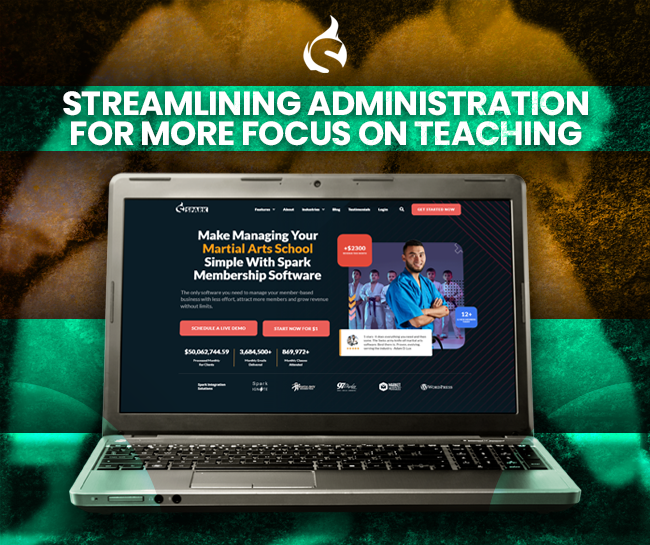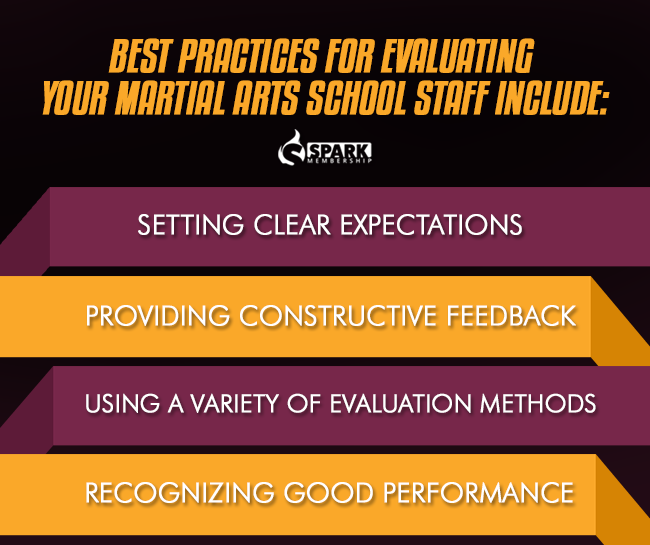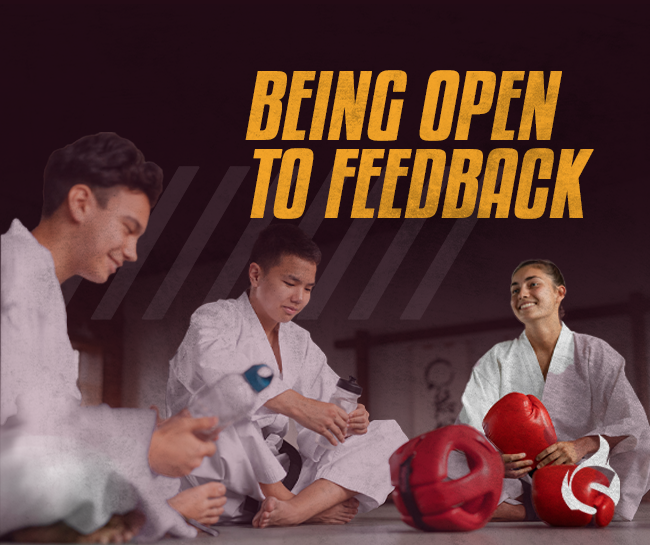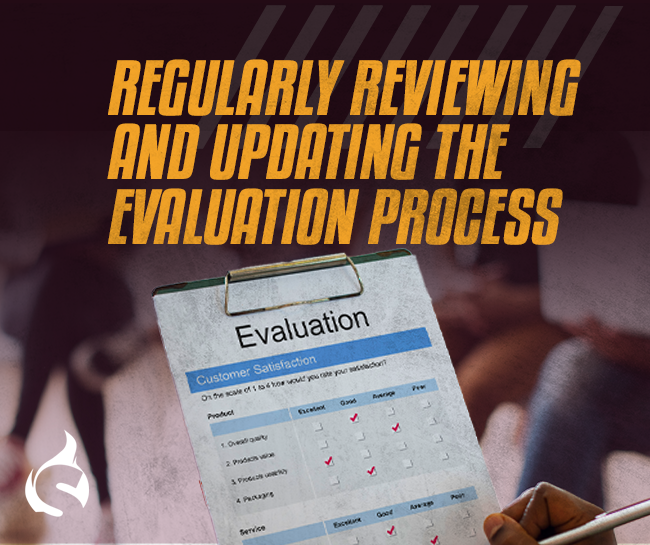
Struggling to keep students coming back to your martial arts school? You’re not alone. Many school owners face this challenge, but there’s a powerful ally at your disposal – martial arts school software. This isn’t just a tool for managing the day-to-day; it’s your partner in boosting member retention. Let’s explore how to leverage this software to keep your clients consistently engaged and eager to return.
Get to Know Your Students Better

Membership software is like having a super assistant. It keeps track of who’s coming to class, who’s improving, and what your students like. This helps you understand them better, so you can make classes more fun and engaging.
Spot Your Star Students

Use the software to see who’s coming to class regularly. Giving these students a shout-out or a special badge can make them feel great. It’s like saying, “Hey, you’re doing awesome!” and everyone likes to hear that.
Make Classes a Bit of a Game

Adding a leaderboard to your software can be fun. It shows who’s coming to class the most or who’s working really hard. It’s a friendly competition that can make students more excited about training.
Check in with Students Who Miss Class

The software can also tell you who hasn’t been showing up. A quick message to these students can show them you care. Maybe they’re having a tough time or just need a little extra push to get back to class.
Re-engagement Campaigns for Dropouts

Utilize your software to identify students who have stopped attending and target them with specific re-engagement campaigns. Tailored emails highlighting the benefits of continuing their martial arts journey or special comeback offers can entice them to return.
Here’s a list of engaging program ideas designed to attract martial arts school dropouts back into training:
- “Back in Action” Workshop: A special program focusing on a quick refresher of skills and reintegration into the martial arts community.
- “Reignite Your Passion” Seminar: Inspirational sessions highlighting success stories and the long-term benefits of martial arts.
- “New Beginnings” Discount: An exclusive, time-limited offer providing reduced fees for returning students to ease their comeback.
- “Personal Journey” Consultations: Individualized sessions to discuss personal goals, past achievements, and a customized plan for their return.
- “Community Reconnect” Events: Social gatherings or friendly competitions designed to rekindle the sense of belonging and camaraderie in the martial arts community.
Streamlining Administration for More Focus on Teaching

With membership software, administrative tasks like attendance tracking, fee management, and communication become more streamlined. This means less time on paperwork and more time focusing on what you love – teaching martial arts.
Continuously Improve with Direct Feedback

Lastly, use the software to gather honest feedback from your students. This input is invaluable for making your classes even more appealing and effective.
By leveraging membership software, you’re not just running a martial arts school; you’re creating an engaging, supportive environment that students want to be a part of. This can be your secret weapon in keeping your dojo lively and full.
Unleash Your Martial Arts Passion with Spark Membership Software – Say Goodbye to Admin Hassles and Hello to Focused Teaching!










